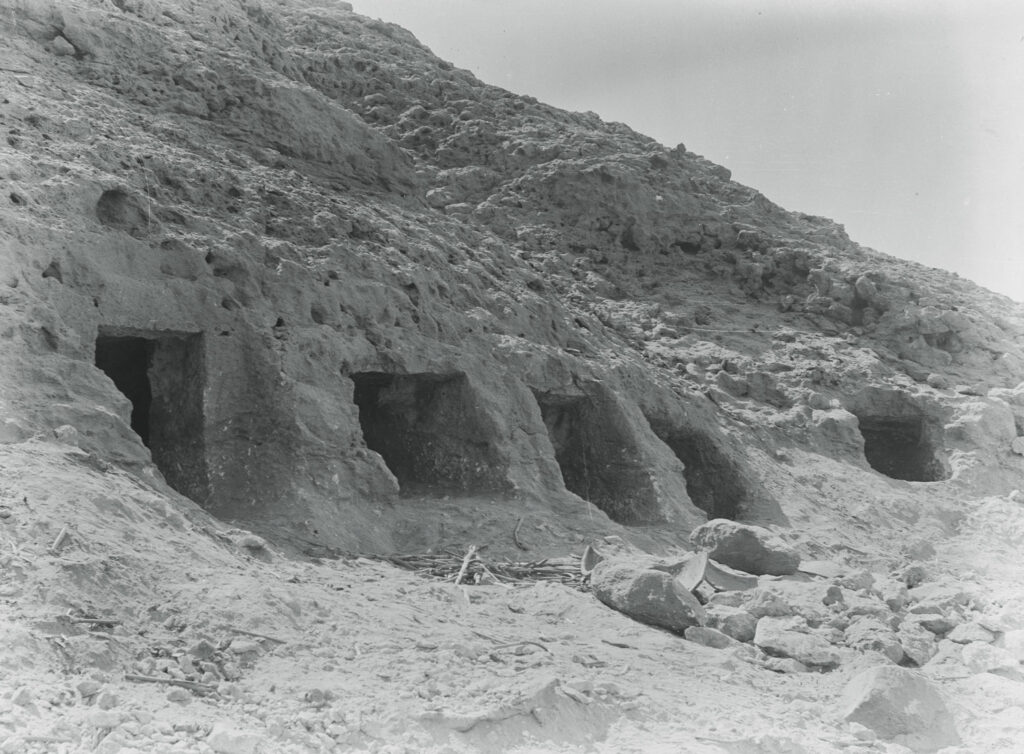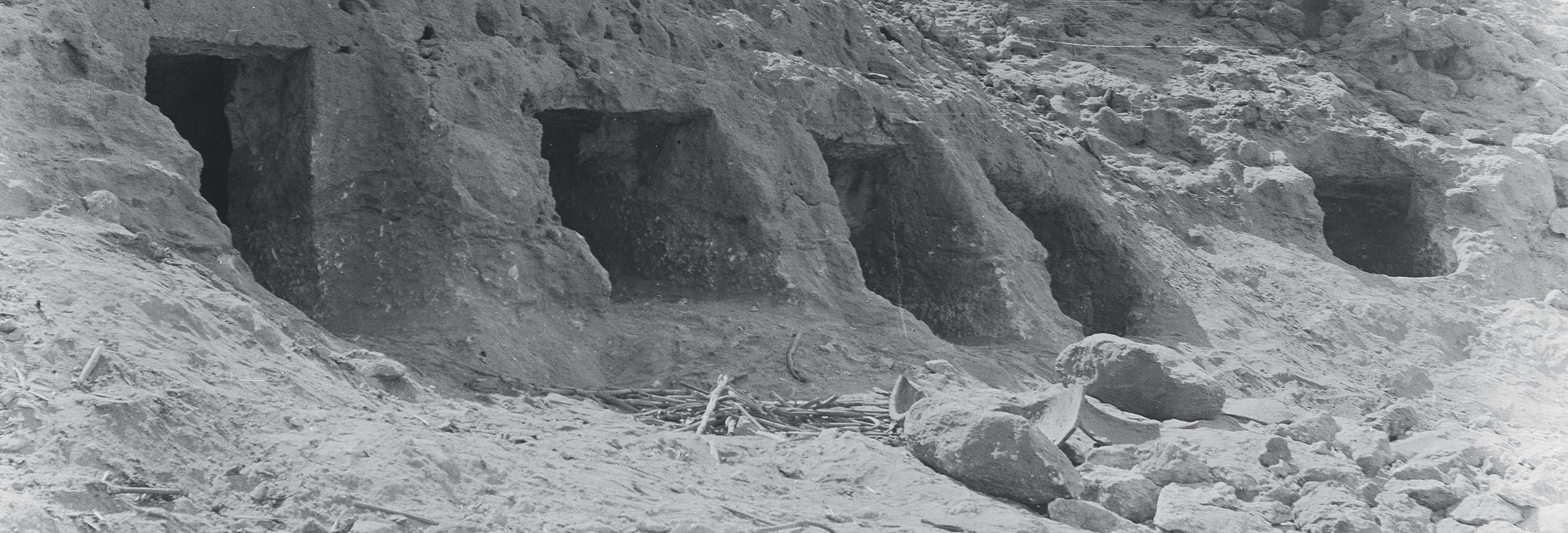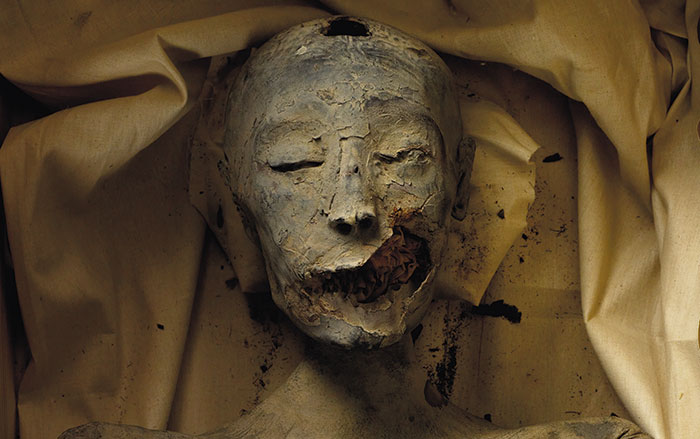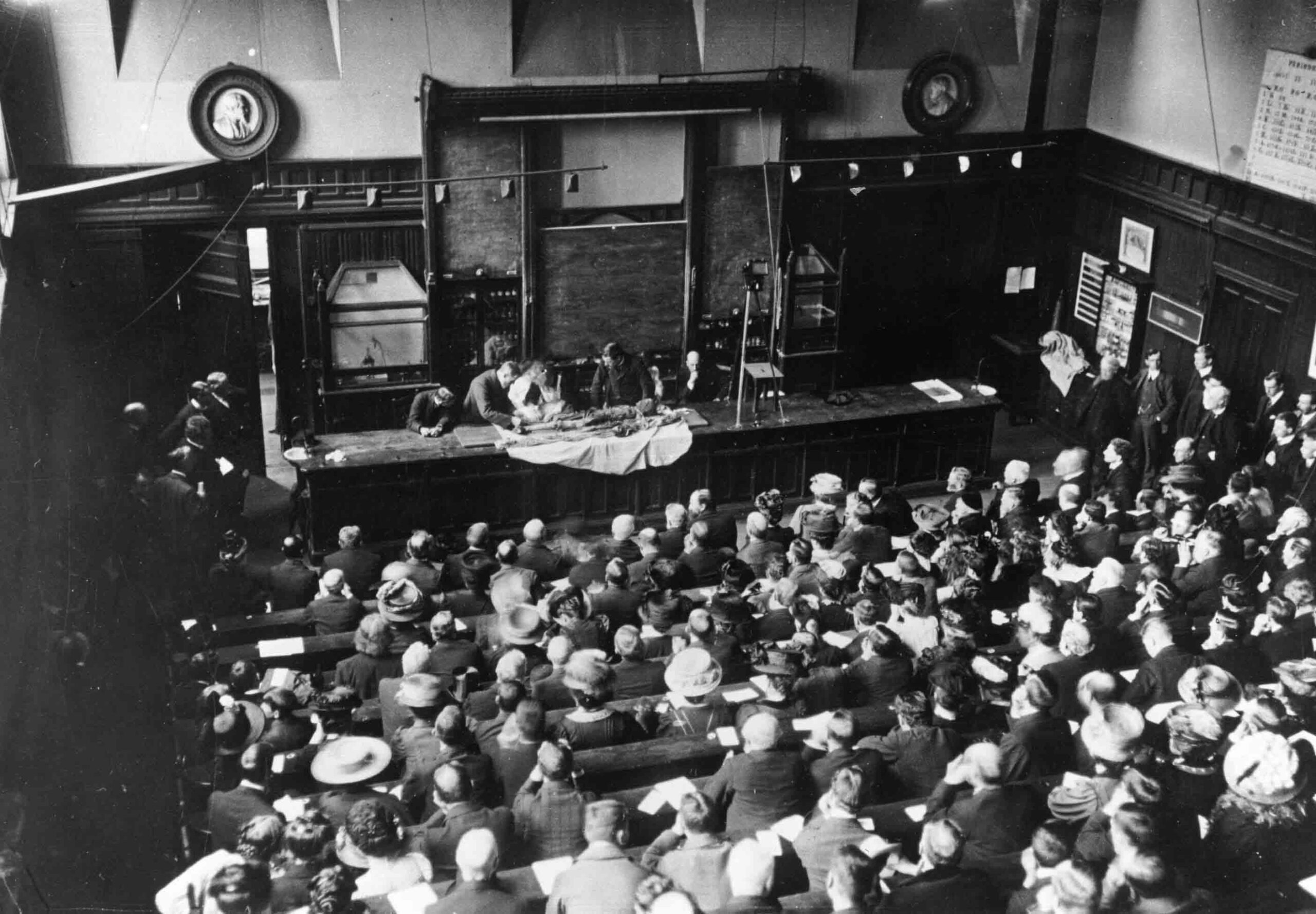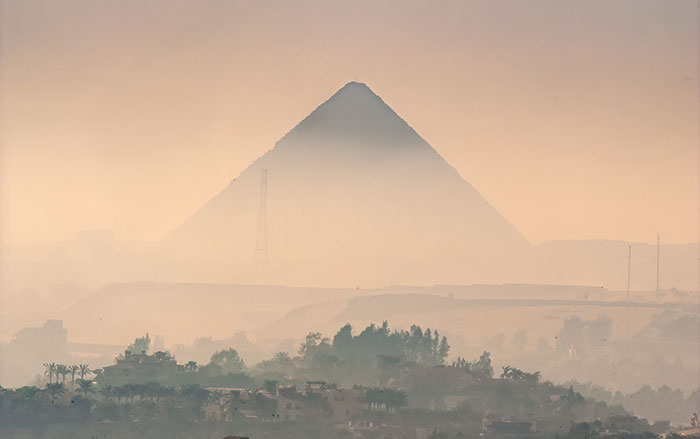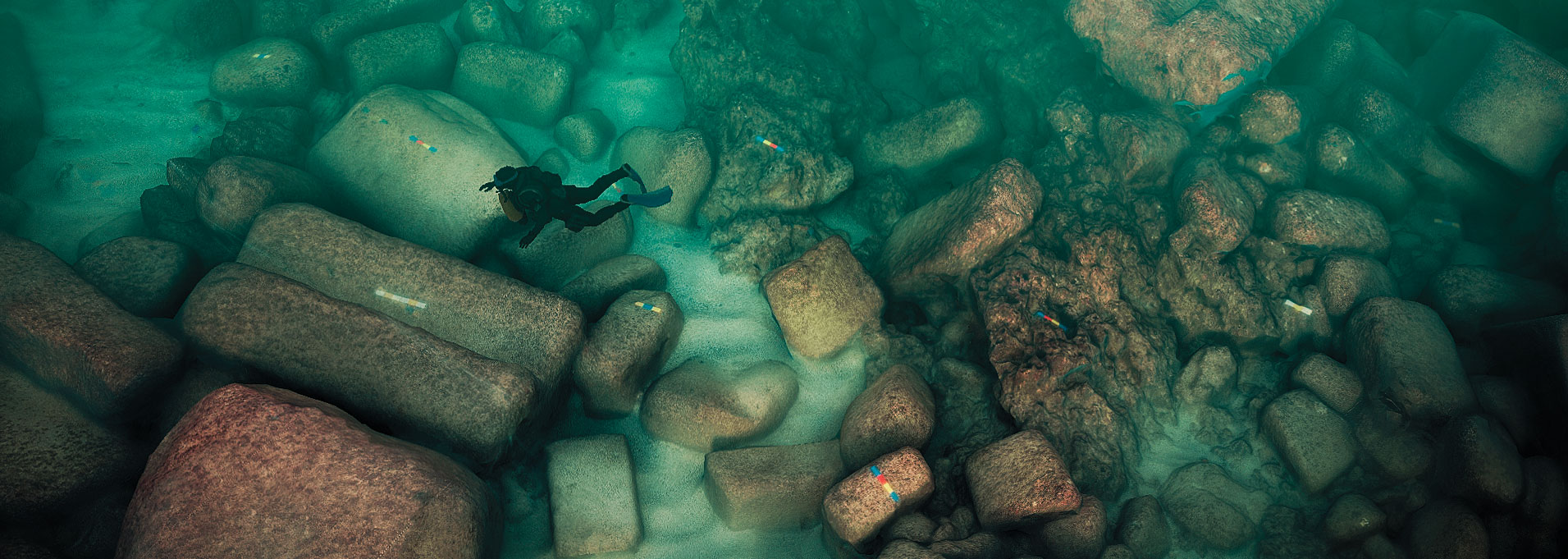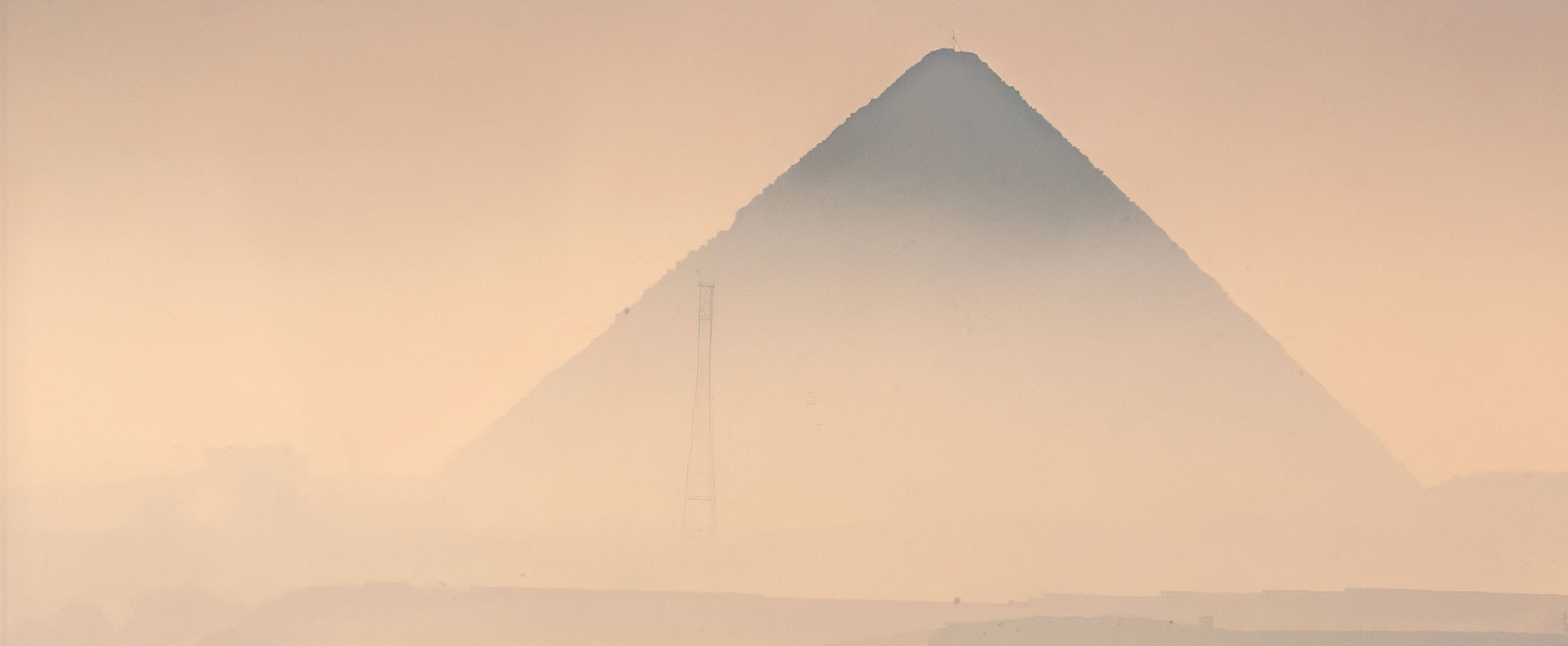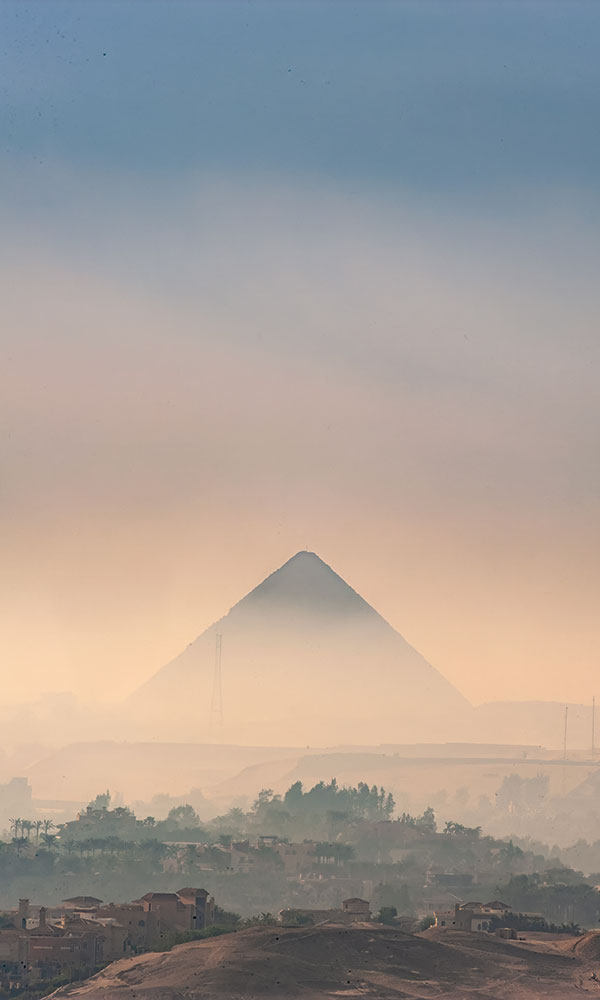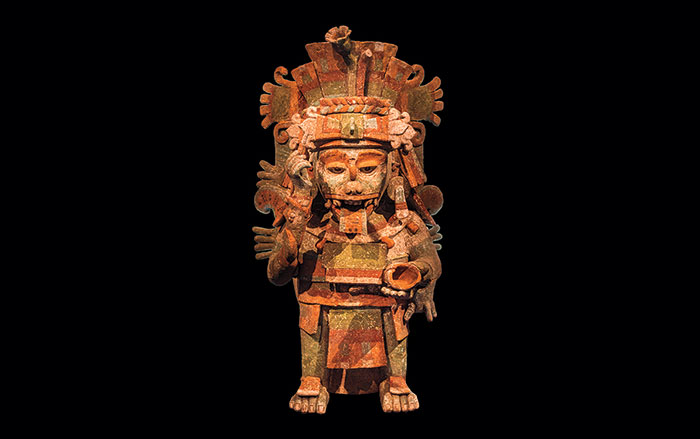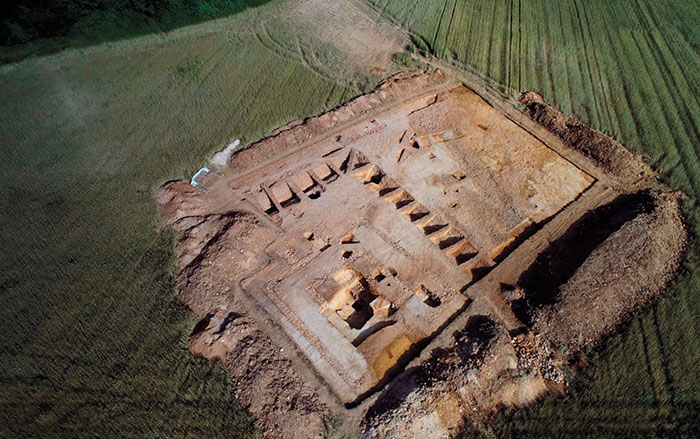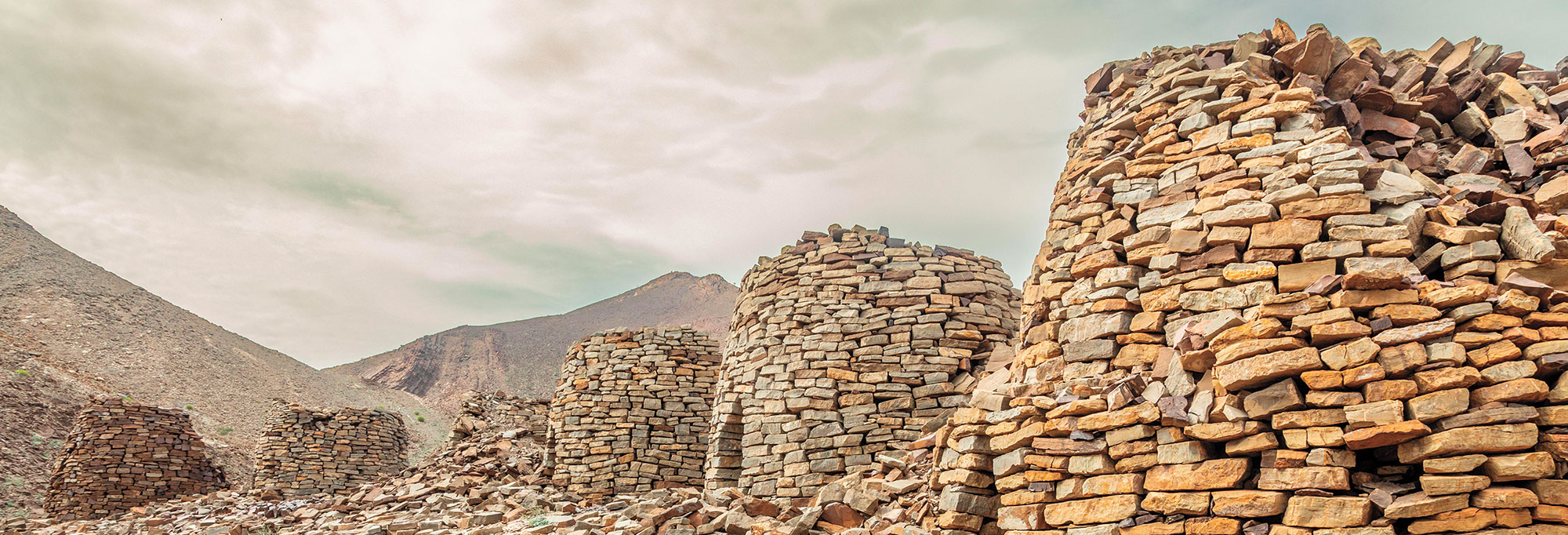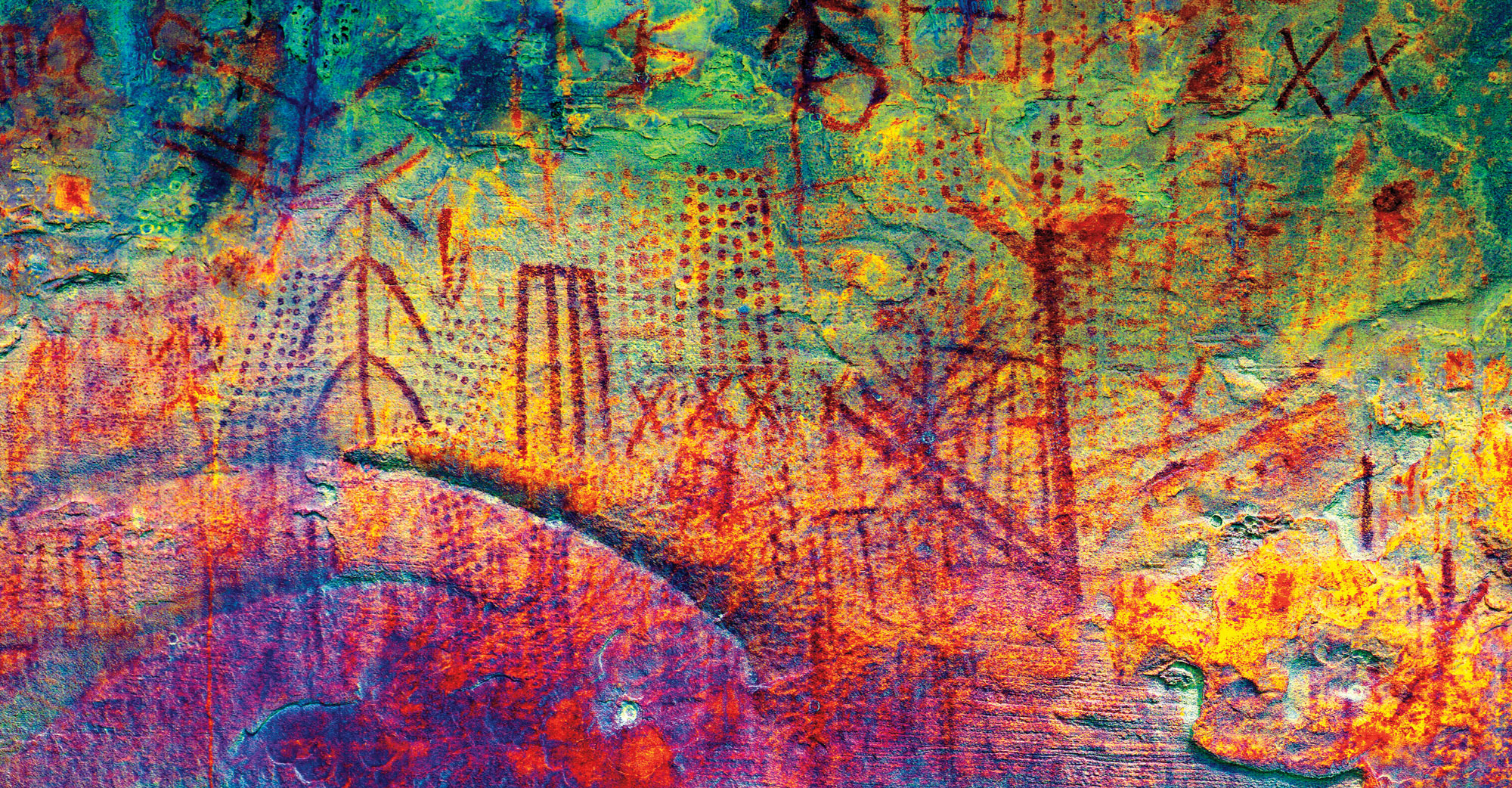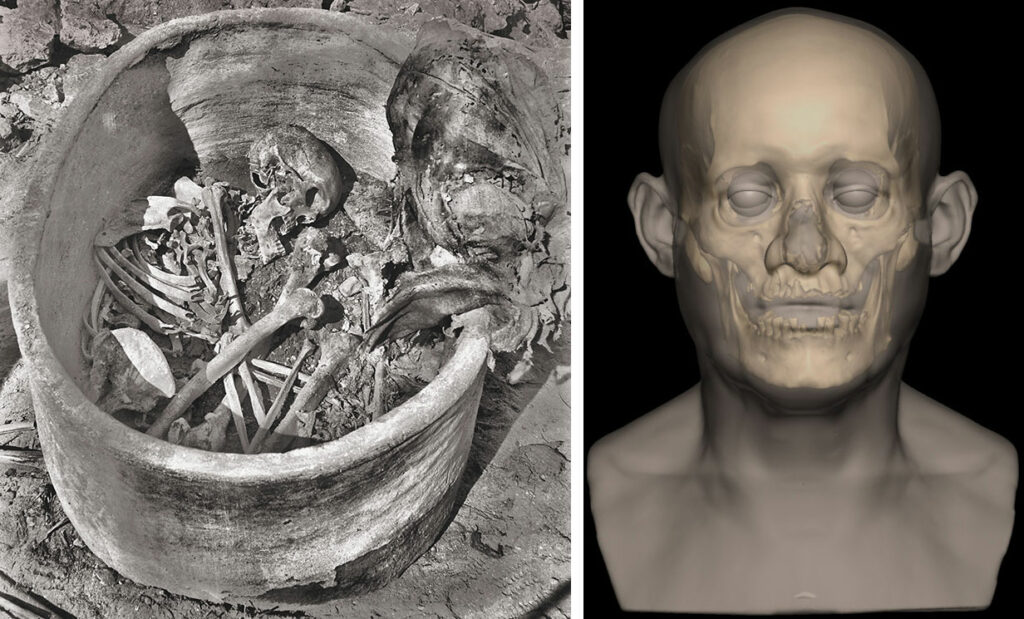
Until now, the earliest Egyptians to have even part of their DNA sequenced were three people who lived between 787 and 544 b.c. A team including geneticist Adeline Morez Jacobs of Liverpool John Moores University has pushed that record back thousands of years and sequenced the complete genome of a man who lived as early as 2855 b.c., during the first days of the Egyptian dynasties. Morez’s team analyzed the man’s remains, which were discovered in 1902 buried in a large pottery vessel inside a rock-cut tomb at the site of Nuwayrat, 170 miles south of Cairo.
The site’s tombs contained many people’s remains, some of which were brought to England. But it was only from this man, known as the Nuwayrat individual, that researchers were able to retrieve sufficient genetic material from the roots of two teeth to sequence a complete genome. Ancient Egyptian DNA has proved exceedingly difficult to recover due to the region’s extreme heat, which degrades genetic material. “In the Nuwayrat individual’s case, the burial vessel may have shielded his remains and preserved his DNA,” says Morez. “We were very lucky to find the golden individual who had enough DNA in good enough condition.” While some studies have suggested that Egyptian populations had little to no genetic influence from outside groups, the team’s results show that 20 percent of the individual’s genome derives from the Fertile Crescent, including Mesopotamia. The other 80 percent of his ancestry derives from North Africans.
Until 1941, Liverpool’s World Museum, where some remains taken from Nuwayrat were housed, contained one of the largest collections of Egyptian remains outside Egypt. On May 3, 1941, the Luftwaffe bombed the city heavily and the museum caught fire. Much of its collection was destroyed, including some of the remains belonging to people originally buried at Nuwayrat. Fortunately, the Nuwayrat individual wasn’t among the casualties as he was safely housed at the University of Liverpool at the time. “He’s a blitzkrieg survivor,” says Morez. “For that, too, we’re very lucky.”
